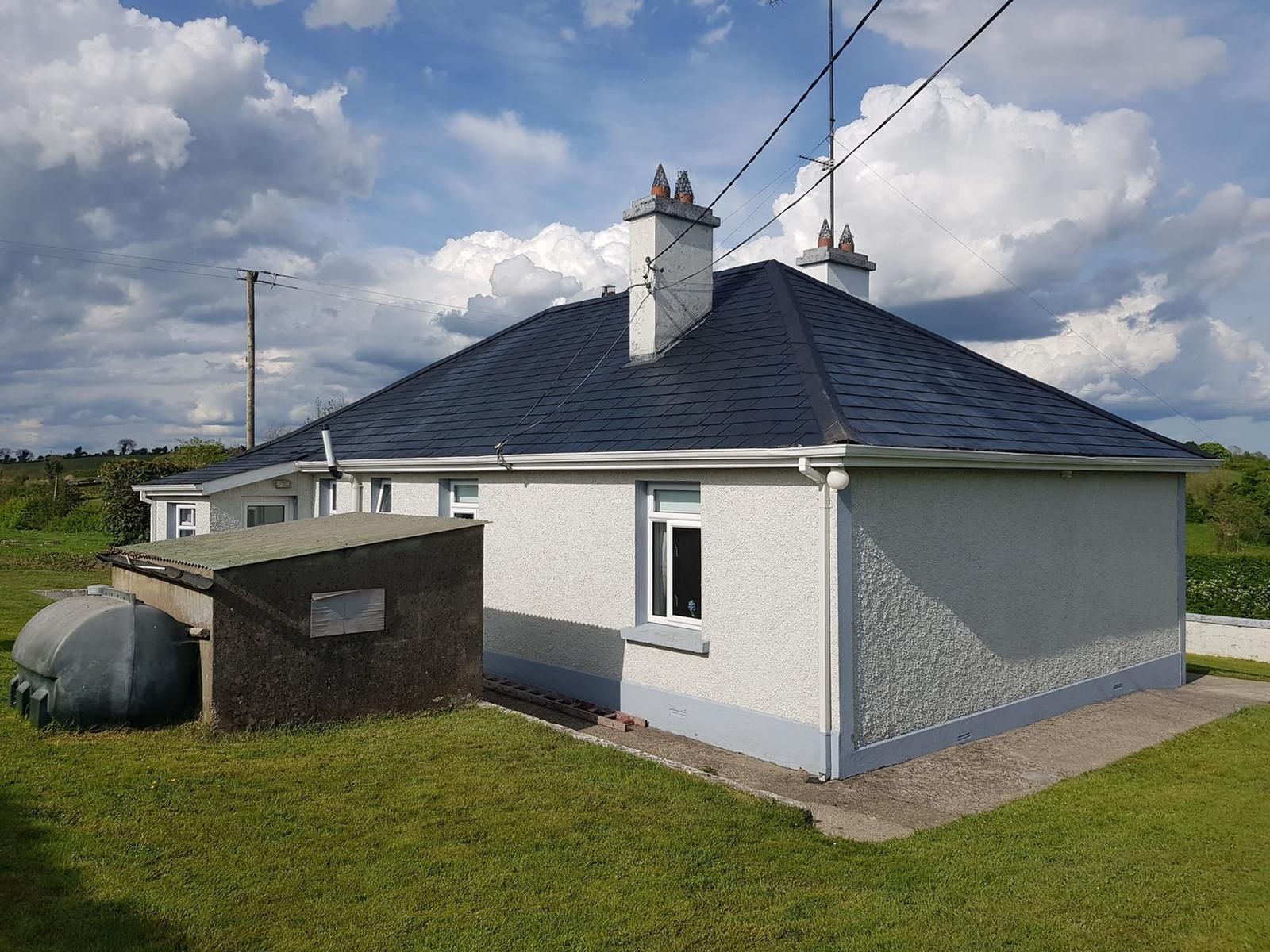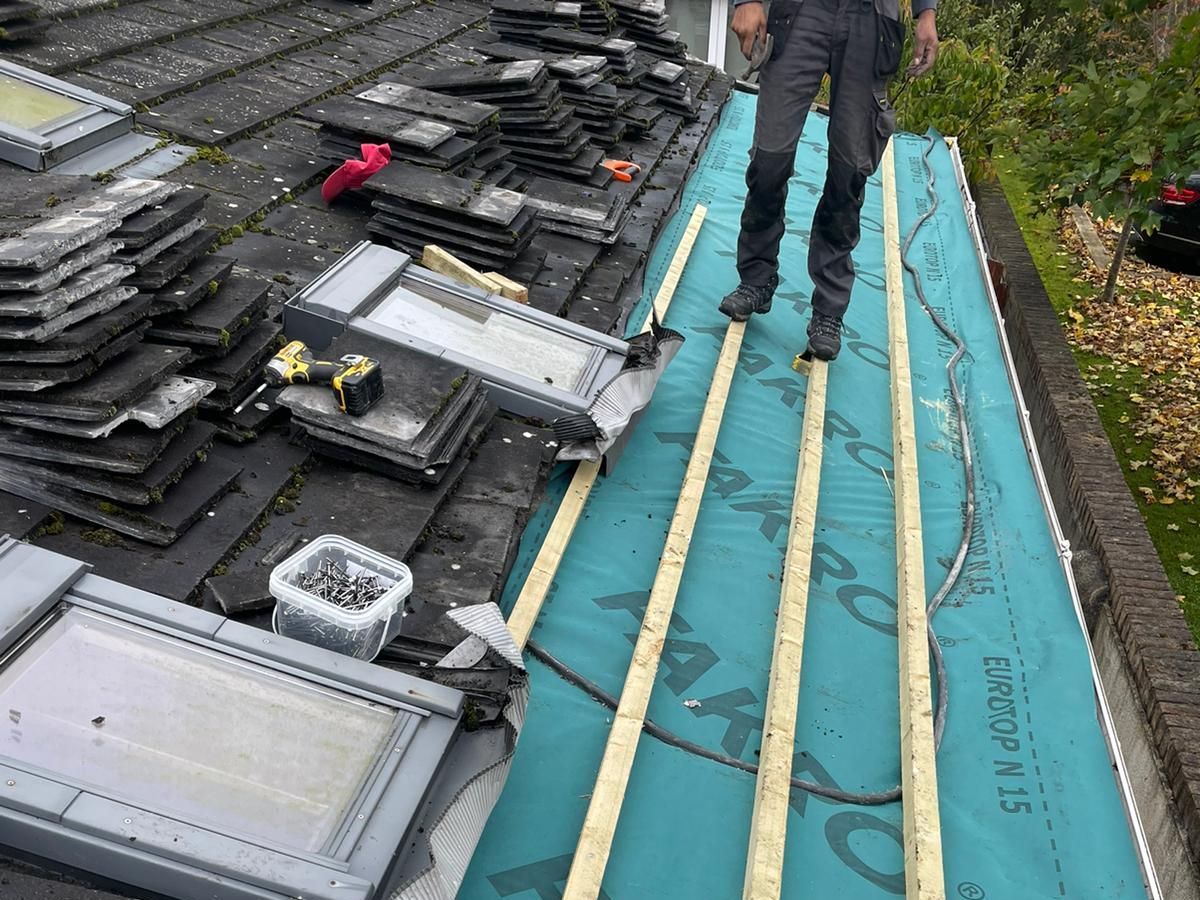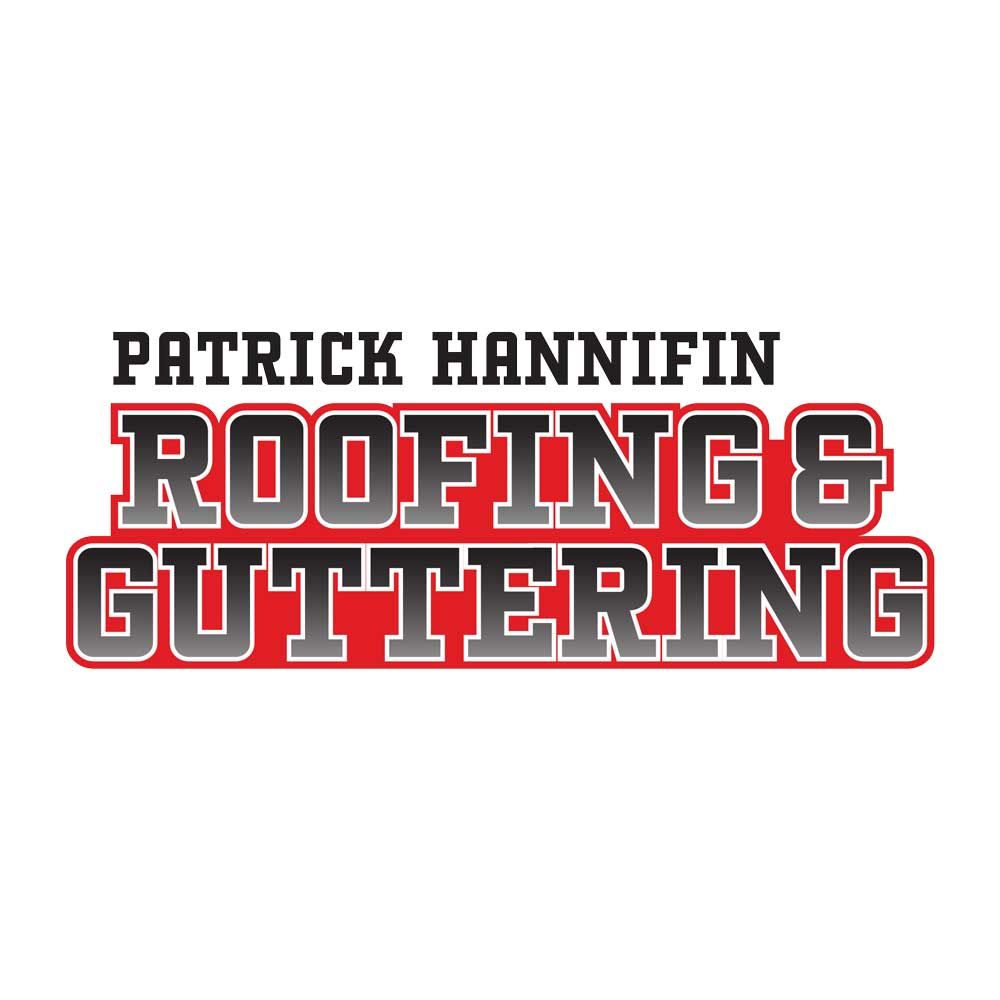How to Spot Roof Damage Before It Turns Into a Costly Repair

Your roof works hard year-round to protect your home or business from the elements, yet it’s often out of sight and out of mind—until something goes wrong. In Ireland’s ever-changing climate, roof damage can happen slowly over time or suddenly during a heavy downpour or storm. The key to avoiding expensive emergency roof repairs is to identify signs of damage early and act before the problem worsens.
In this post, we’ll show you how to spot the warning signs of roof issues, what to look out for both inside and outside your property, and when to call in a professional roofing contractor to carry out repairs or maintenance.
The Silent Threat of Hidden Roof Damage.
Not all roofing issues are immediately obvious. A small leak today can lead to rotten timbers, mould growth, or even structural damage if left unattended. That’s why regular roof inspections and preventative maintenance are so important. Whether you’re living in an older home or a newer build, the risk of wear and tear is inevitable. Knowing what to look for can save you thousands in the long run.
Signs of Roof Damage You Can Spot From the Ground.
You don’t need to climb a ladder to notice some of the most common signs of roofing problems. From the safety of the ground, keep an eye out for:
Missing or slipped tiles.
Strong winds or age-related wear can dislodge roof tiles. Even a single missing tile can allow water to seep in and damage the roof structure underneath.
Sagging rooflines.
If any part of your roof appears to be sagging or dipping, this could signal a structural issue, such as rotting timbers or excessive weight from water build-up.
Moss and algae growth.
A build-up of moss on roof tiles can trap moisture and lead to tile degradation over time. While common in damp climates like Ireland, excessive moss should be removed professionally.
Damaged flashing or seals.
The flashing around chimneys, vents, and skylights plays a vital role in keeping water out. Cracks, rust, or peeling around these areas is a common cause of leaks.
Overflowing or blocked gutters.
If gutters are clogged with debris, water can back up onto the roofline, damaging fascia boards, soffits, and eventually the roof decking itself.
Interior Signs of a Roof Problem.
Some of the earliest signs of roof damage are actually visible from inside the property. Be on the lookout for:
Damp patches or stains on ceilings and walls.
These could point to a leak in the roof that’s allowing water to seep into your attic or ceiling space.
Peeling paint or bubbling plaster.
Water ingress from a damaged roof often shows up as bubbling paint or plaster around upper walls or ceiling corners.
Musty odours or visible mould in the attic.
If your attic smells musty or you see mould, this could indicate poor ventilation or a hidden leak in the roofing membrane.
Light entering the attic.
If you can see daylight through your roof boards, you have a gap somewhere that needs immediate attention.
Seasonal Checks Are Key.
In Ireland, we recommend roof inspections at least twice a year—ideally in the spring and autumn. Winter storms, frost, and heavy rainfall can take a toll, and spotting damage early means you can schedule roof repairs before more extensive harm occurs. A professional roofing contractor can inspect areas that are unsafe or inaccessible to the average homeowner and provide a full condition report.
DIY vs Professional Roofing Inspections.
While it’s helpful to know the signs of roof damage, it’s always safer and more thorough to hire a qualified roofing specialist to carry out regular checks. At Patrick Hannifin Roofing, we offer full roof inspections across Ireland and can provide expert advice on whether repairs, maintenance, or replacement work is needed. We handle everything from minor leak repairs to full roof restorations.
Don't Wait for a Leak to Take Action.
It’s easy to ignore a small issue when it doesn’t appear to be causing a problem. But by the time water starts dripping from your ceiling, the damage could already be extensive—and expensive. Whether you’ve noticed something unusual or just want peace of mind, scheduling a professional inspection now can save you stress and money down the line.
How often should I get my roof inspected in Ireland?
We recommend having your roof professionally inspected at least twice a year, ideally in spring and autumn, and after any major storms.
Can I inspect my own roof safely?
You can spot some signs from the ground, such as missing tiles or moss buildup, but we strongly advise against climbing onto the roof yourself. Always hire a qualified roofer for a full inspection.
Is moss on the roof really a problem?
Yes. While it’s common in Ireland, moss retains moisture and can cause tiles to crack or slip, leading to leaks and internal damage.
What should I do if I notice a roof leak?
Contact a roofing contractor immediately. Even a small leak can quickly escalate into major structural damage if not addressed promptly.




